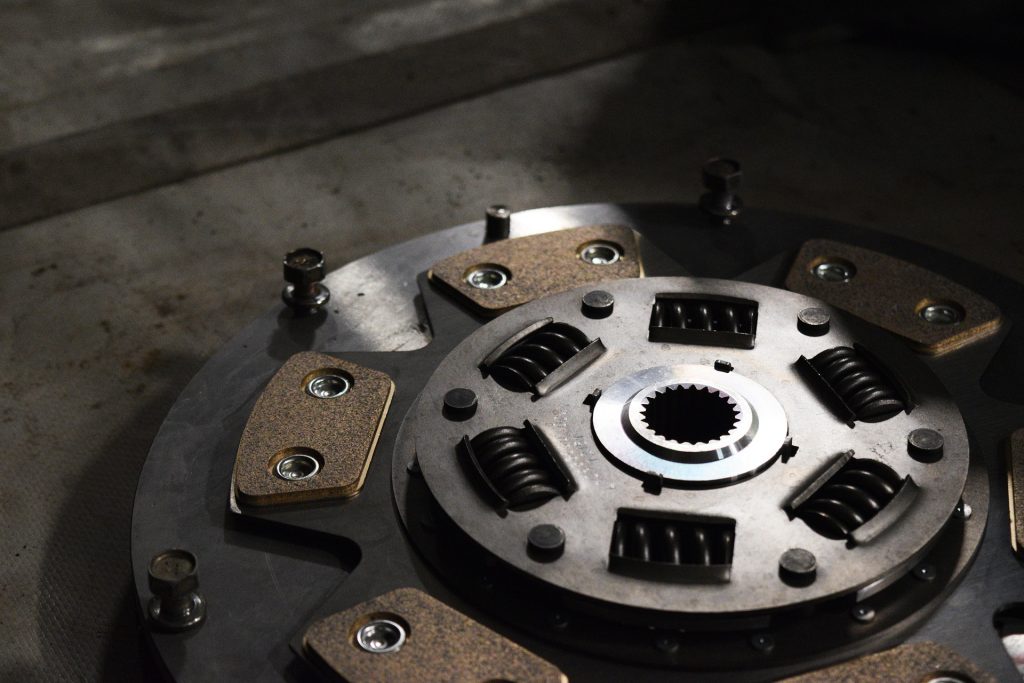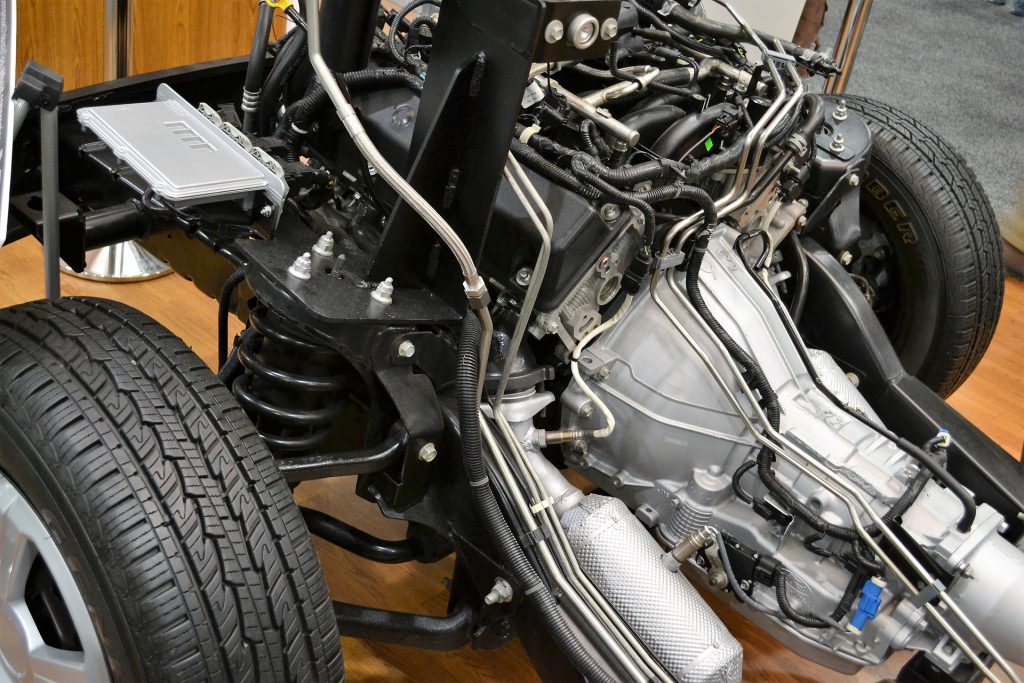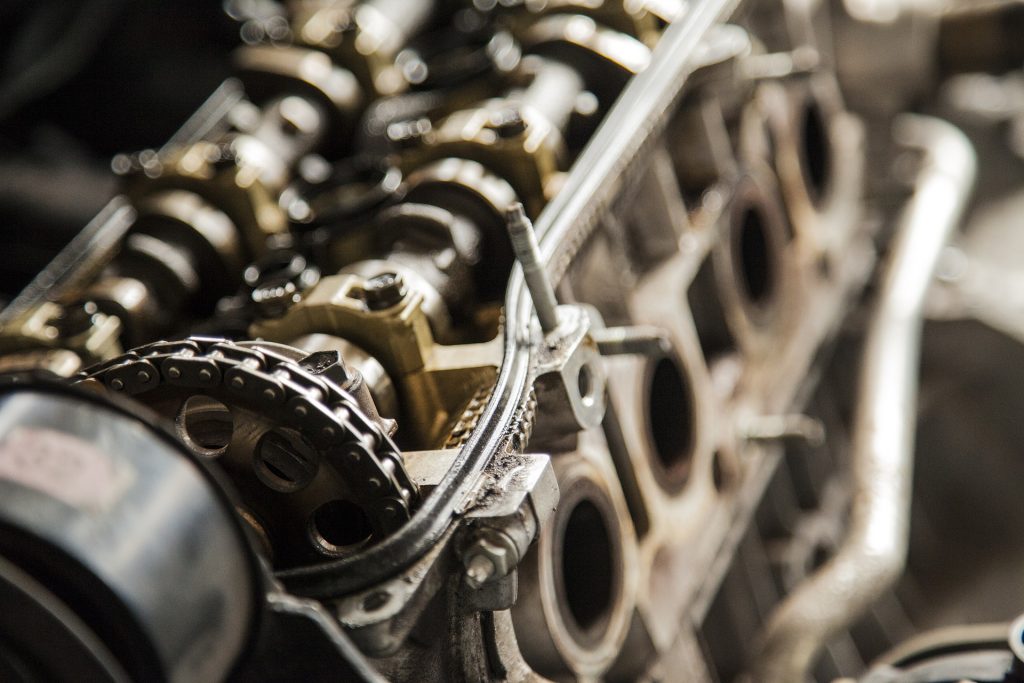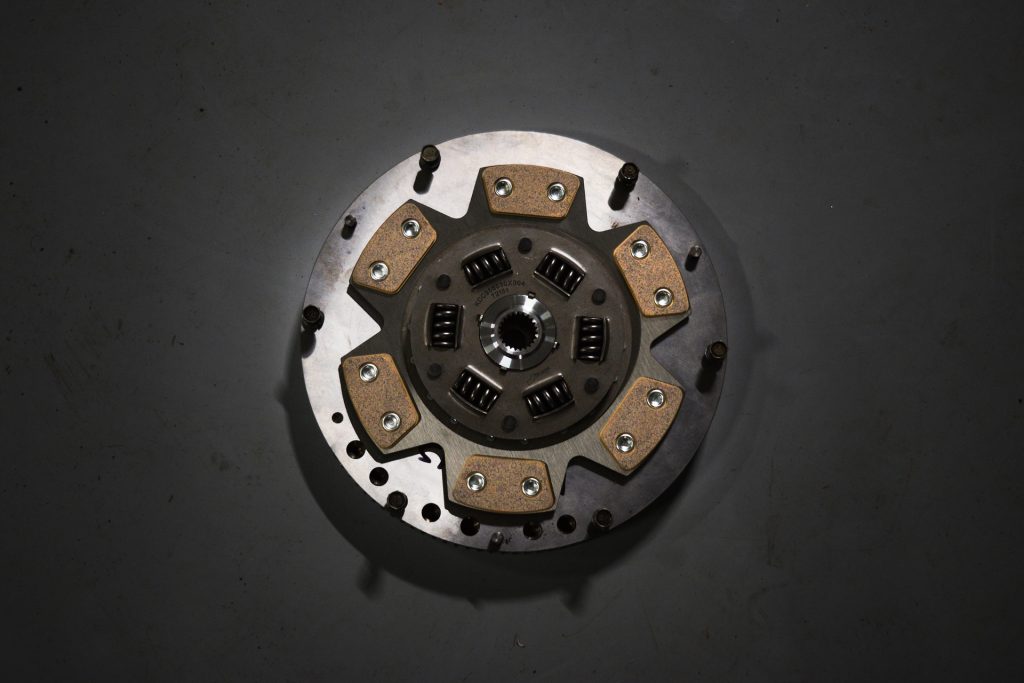One of the most confusing times in a newbie car owner’s life is being told by the shop that your flywheel needs adjusting. After all, what even is a flywheel.
Of course, some newbies get intimidated by loudmouth gearheads who feel the need to condescend on anyone who have the gall to approach them with their non-knowledge of machines.
Avoid gearheads like that, they’re the worst.
Before we discuss what a flywheel is, let’s get one thing straight: newbies, if you have questions about your car, go to a trusted mechanic and ask! Yes, it’s that simple! Don’t be embarrassed if you don’t know what something is; we’re not all engineers, nor did we all start tinkering around with V10 engines when we were 6 years old. A little knowledge cures a whole lot of ignorance, and can save you a lot of dough in the future.
Whew, rant over. Okay, on to your question.
So what is a flywheel? Well, put simply, a flywheel is a device in an engine that helps your engine save rotational energy. There’s a complicated mathematical equation about how much energy it stores based on the proportions of the square of the speed of the rotation, but I won’t bore you with that.
To make it even simpler, think of it like this: whenever a vehicle slows down or stops, the moving parts inside your engine lose a lot of momentum. To rev up without using too much energy, the flywheel supplies some reserved energy to make up for that lost momentum when you slow down or stop, saving your engine the trouble of starting from 0.
Ok, now that we have the basics out of the way, let’s dive in a little deeper into what a flywheel is and what it does for your car:
What Exactly are Flywheels?

So what is a flywheel on cars? Well, a flywheel is a device in your car that resembles, well, a weighted wheel. This wheel is heavy, typically around 10 to 20lbs, and while it takes a while for it to start rotating, once it does, it’s able to preserve a large amount of kinetic energy. This stored energy is then used every time you rev your engine to speed up, or even when starting up your car.
In its more primitive iterations, flywheels were huge spoked discs with a sizable diameter and massive metal rims, mostly because engineers at the time lacked other engine components that could make their vehicle run faster. Nowadays, however, with various advances in technology, flywheels don’t have to be as bulky; most flywheels nowadays are made of either carbon fiber or other composite material that keeps them light.
In manual transmissions, it’s referred to as a flywheel, but in automatic transmissions, it’s referred to as a flex plate. The flywheel is usually bolted to the crankshaft and is usually located in the rear part of your engine. Aside from what we talked about above, the flywheel has a few other purposes (we’ll get into more functions later):
- For manual transmission vehicles, the flywheel serves as a friction surface for the clutch. Because the flywheel is bolted to the clutch pressure plate, the clutch disk is sandwiched in between them, providing leverage.
- This is the same for automatic transmission vehicles, where the flex plate is bolted to the torque converter.
- The toothed ring on the outer edge of the flywheel helps the starter fire up your engine. The flywheel’s relatively large diameter gives the starter more leverage to start your engine.
- For larger and heavier flywheels, more force is needed to get them spinning, and in some cases, might actually cause lighter vehicles to lag, but in bigger cars, this can actually help your engine run better. A heavier flywheel means it can store more energy as it builds up momentum, allowing your engine more seamless shifting at higher RPM’s.
How Do Flywheels Work?

But how does a flywheel store all of that energy? Think of it this way: flywheels, in essence, are basically like large mechanical batteries. A normal battery will store energy in the form of chemicals like zinc chloride or magnesium dioxide. In a mechanical battery like a flywheel, it stores energy in the form of spinning (or, if you want to be scientific about it, kinetic energy).
The faster the flywheel spins or the higher its moment of inertia (that is, it’s heavier), the more energy it can store. Of course, given the two options of spinning it fast or making it heavy, it’s better to spin it fast: increasing the mass or weight of a flywheel can do more harm than good because it takes more energy to get it spinning to a speed where it can efficiently store mass. Yes, a heavier flywheel produces double the energy as a lighter flywheel if they were spun at the same speed: however, a lighter flywheel can produce quadruple the amount of stored energy as a heavier flywheel if you spun the lighter one faster.
This is why race cars and sports cars have lighter flywheels: a lighter flywheel means its more compact, reducing the overall weight of the car, which, in turn, increases its acceleration time. High-speed and lightweight flywheels are what you need if you need high speeds without losing momentum.
Now, I feel like I should mention this, but no, you CANNOT use your flywheel to increase your speed. You could theoretically try, it’s a free country after all, but be forewarned: flywheels have a certain speed “limit” where the material of the device can no longer sustain the inertia and the energy being acted on it and it smashes into smithereens, and this ‘limit’ will be reached long before you can get it spinning to a speed wherein it can make any kind of significant impact on your overall vehicle’s performance. So please, don’t even try it.
But What are Flywheels For?

So now that we have a general idea of what the flywheel is and how it works, let’s talk about its critical functions in a vehicle. Earlier, we talked about some of the flywheel’s purposes, from starting engines to smoother transmissions, but there’s a few more worth mentioning, not to mention delving deeper into the things we discussed before, so here are the functions of a flywheel in a car:
Starting Your Engine

The spokes surrounding the flywheel’s outer rim helps the starter do a more efficient job at starting your engine. The starter uses a small gear called a Bendix gear to link up with the flywheel when you turn the key in the ignition. The starter and Bendix gear then spins the flywheel, which in turn spins the crankshaft, which, in turn, begins the compression cycle that fires up your engine. Once the engine is fully started, the Bendix gear detaches itself, allowing the flywheel to spin and gather inertia.
Smoothing Out Your Engine Speed

To understand how your flywheel helps smooth out engine speed, let’s talk about how your car produces speed: when an engine is revved, tiny combustions inside the engine push pistons up and down, creating energy. This energy is then converted into a rotary motion for your engine by the crankshaft. Unfortunately, because power is only generated twice or four times (depending on how many cylinders your engine has) during a single engine revolution, the transfer of energy from piston to crankshaft is very jerky at best.
Enter the flywheel. Because it’s constantly spinning, it provides an ample amount of inertia to the crankshaft in between piston firings, keeping the rotation of the crankshaft constant and smooth.
Engine Balancing

Because of the way the pistons are arranged in modern engines, i.e., in a V-shape pattern offset from the center of the crankshaft that wobbles the engines every time it fires, the engine can be unstable as it runs.
However, the weight of the flywheel is enough to stop any side-to-side motion of the engine as it goes through its revolutions. This balances and stabilizes the engine, keeping it firmly planted on its mount, which, in turn, reduces overall vibrations in the engine.
Reduces Stress on a Vehicle’s Drivetrain.
Because an engine is stabilized and its operation kept smooth, the flywheel also has the purpose of reducing the stress on your vehicle’s drivetrain. The flywheel limits the amount of wear and tear on the joints between the axle and the transmission by keeping all components stable and moving only in the direction they were intended to move.





